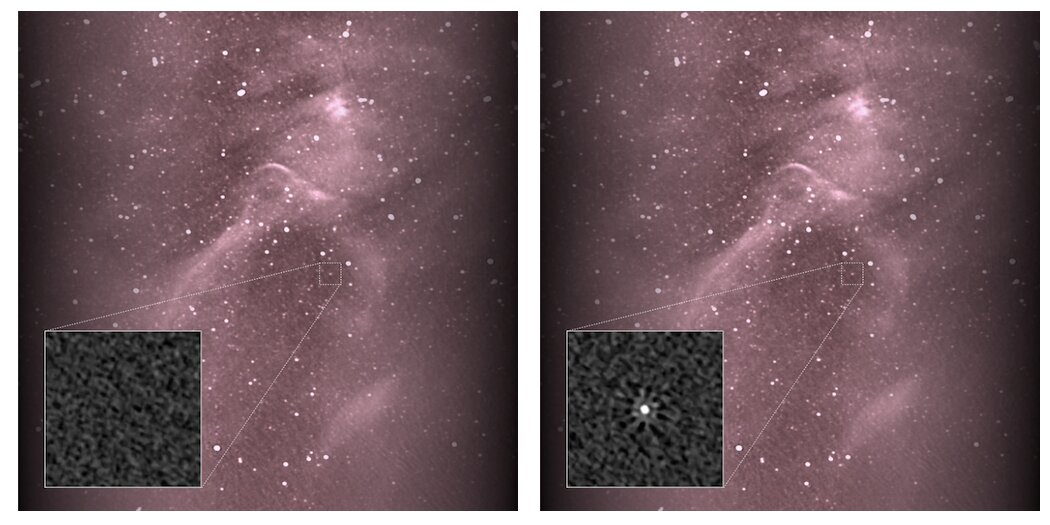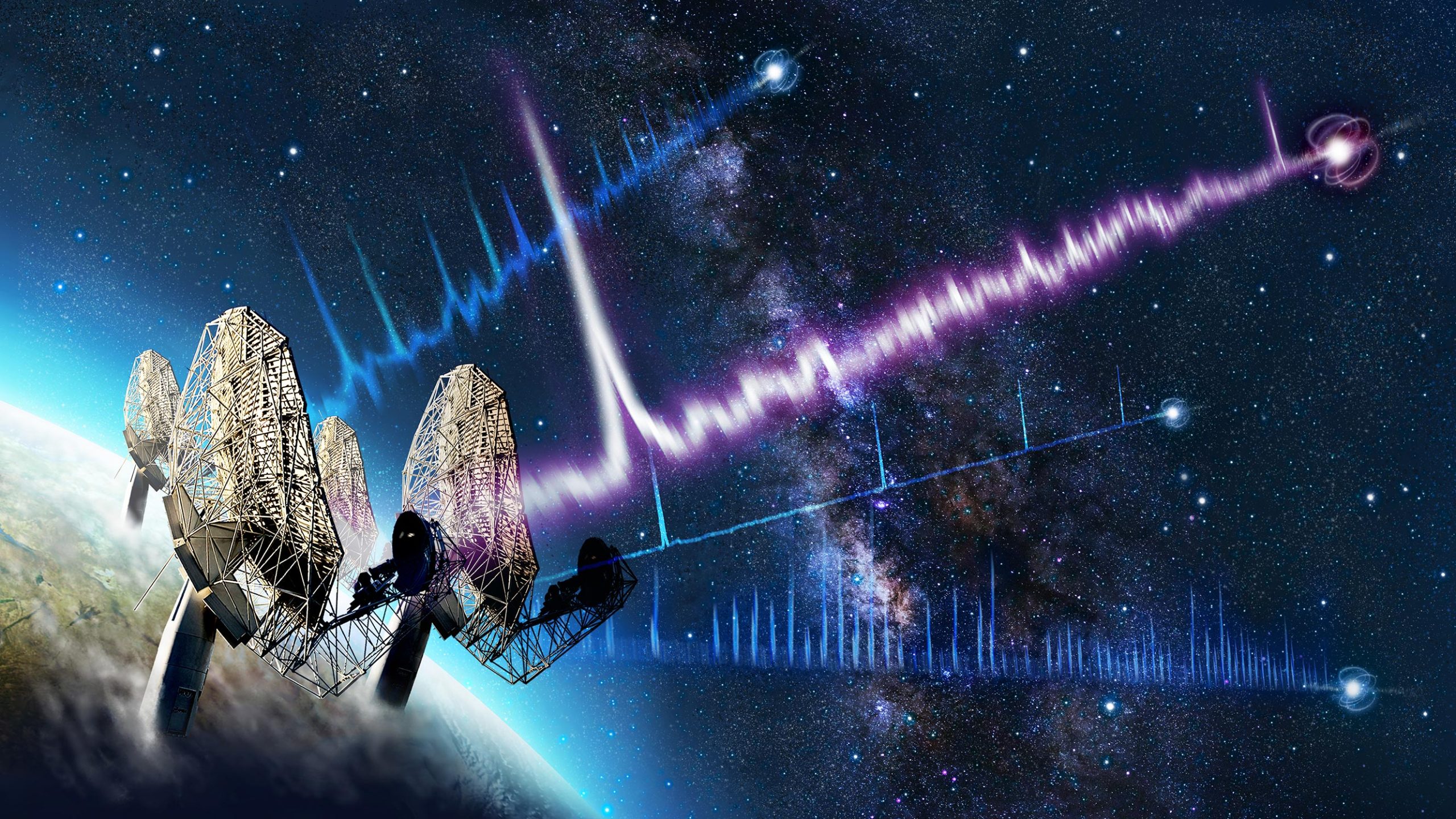
Astronomers have investigated an ultraslow radio pulsar known as PSR J0901-4046, finding that it has an extremely high magnetic field—at a level of 30 quadrillion Gauss. The discovery, published April 7 in Physical Review D, makes PSR J0901-4046 the most magnetized radio pulsar known to date.
Extraterrestrial sources of radiation with a regular periodicity, known as pulsars, are usually detected in the form of short bursts of...
Read More






Recent Comments